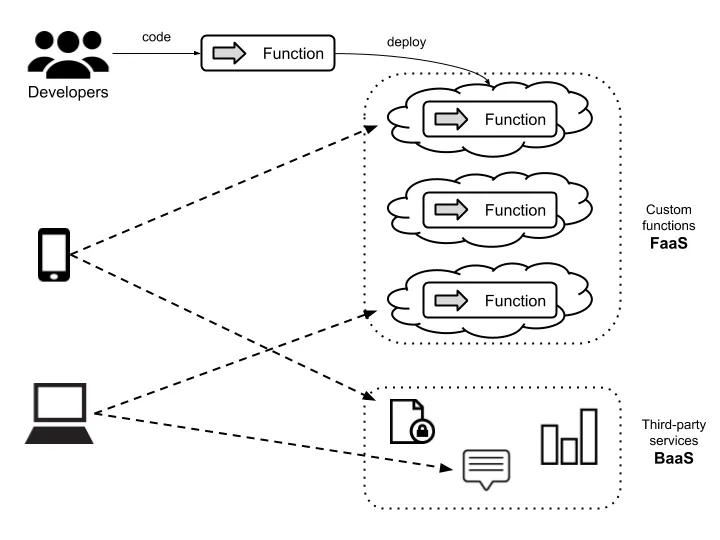
Software Architecture with Spring 5.0
Design and architect highly scalable, robust, and high-performance Java applications
René Enríquez, Alberto Salazar
- 372 Seiten
- English
- ePUB (handyfreundlich)
- Über iOS und Android verfügbar
Software Architecture with Spring 5.0
Design and architect highly scalable, robust, and high-performance Java applications
René Enríquez, Alberto Salazar
Über dieses Buch
Discover how different software architectural models can help you solve problems, and learn best practices for the software development cycle
Key Features
- Learn concepts related to software architecture and embrace them using the latest features of Spring 5
- Discover architectural models and learn when to apply them
- Gain knowledge of architectural principles and how they can be used to provide accountability and rationale for architectural decisions
Book Description
Spring 5 and its ecosystem can be used to build robust architectures effectively. Software architecture is the underlying piece that helps us accomplish our business goals whilst supporting the features that a product demands. This book explains in detail how to choose the right architecture and apply best practices during your software development cycle to avoid technical debt and support every business requirement. Choosing the right architecture model to support your business requirements is one of the key decisions you need to take when a new product is being created from scratch or is being refactored to support new business demands. This book gives you insights into the most common architectural models and guides you when and where they can be used. During this journey, you'll see cutting-edge technologies surrounding the Spring products, and understand how to use agile techniques such as DevOps and continuous delivery to take your software to production effectively. By the end of this book, you'll not only know the ins and outs of Spring, but also be able to make critical design decisions that surpass your clients' expectations.
What you will learn
- Understand the key principles of software architecture
- Uncover the most common architectural models available
- Analyze scenarios where an architecture model should be used
- Implement agile techniques to take your software to production
- Secure the products you are working on
- Master tricks that will help you build high-performant applications
- Use cutting-edge technologies to build products
Who this book is for
If you're an experienced Spring developer aspiring to become an architect of enterprise-grade applications, this book is for you. It's also ideal for software architects who want to leverage Spring to create effective application blueprints.
Häufig gestellte Fragen
Information
Serverless Architectures
- An introduction to serverless architecture
- Infrastructure and file storage
- Benefits and pitfalls
- Backend as a service
- Function as a service
- Concerns about serverless architectures:
- Vendor lock-in concerns
- Security concerns
- Framework support
- Troubleshooting
- Examples and commons uses of serverless architecture
- Implementing applications using serverless architecture:
- How to write functions with Spring
- Using adapters for AWS Lambda and Azure
An introduction to serverless architecture
- Authentication
- SMS notifications
- Email services

Infrastructure and file storage
Benefits and pitfalls
- Developers using a serverless architecture can focus primarily on the code, and can forget everything related to provisioning servers, which is a task handled by the cloud provider itself.
- The scaling of the code is ephemeral, meaning that it can be scaled and can spin up or down, based on the number of requests retrieved.
- By definition, all of the functions used to code the business logic must be stateless, and therefore, loosely coupled. In this way, the tasks are focused on well-defined responsibilities. ...